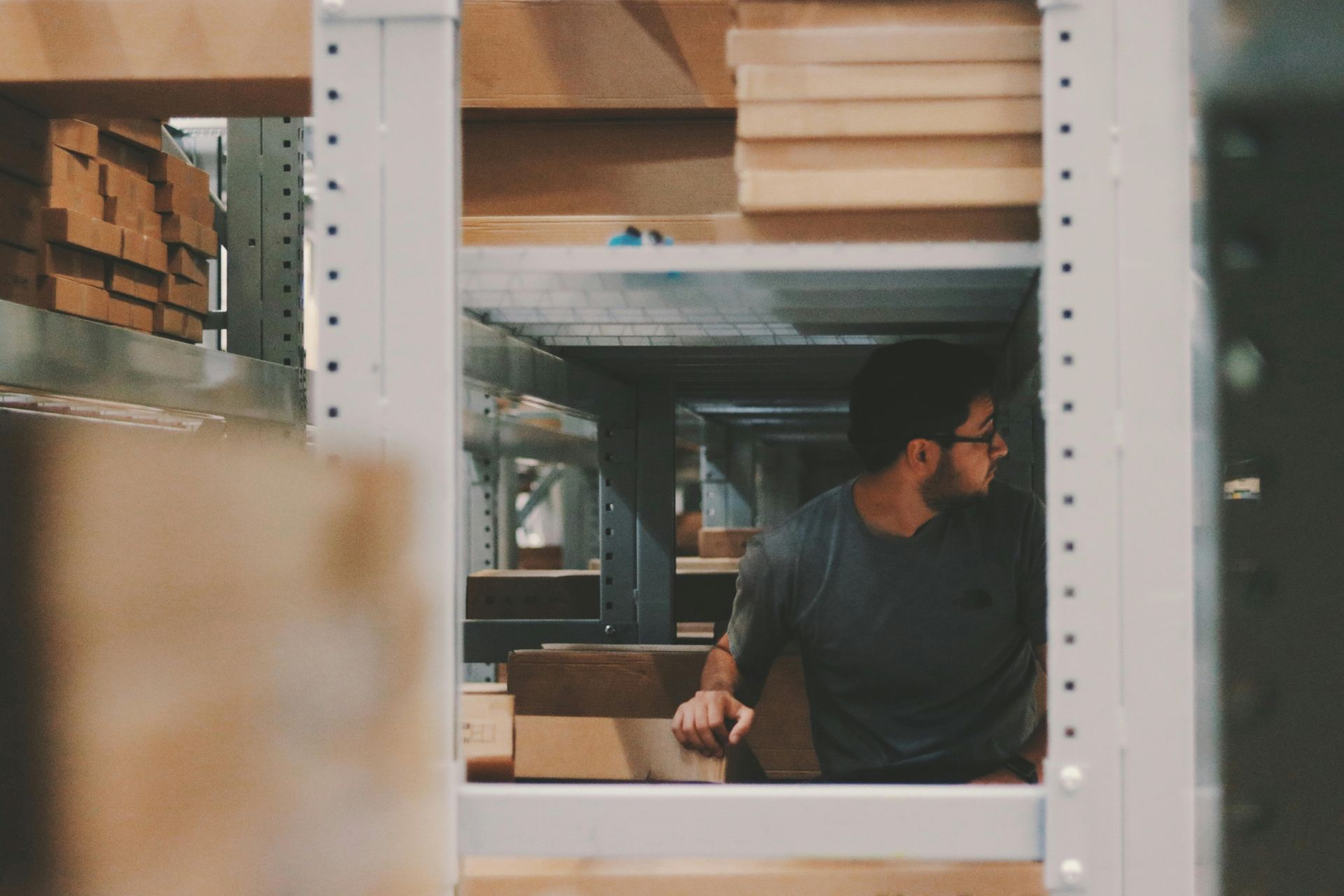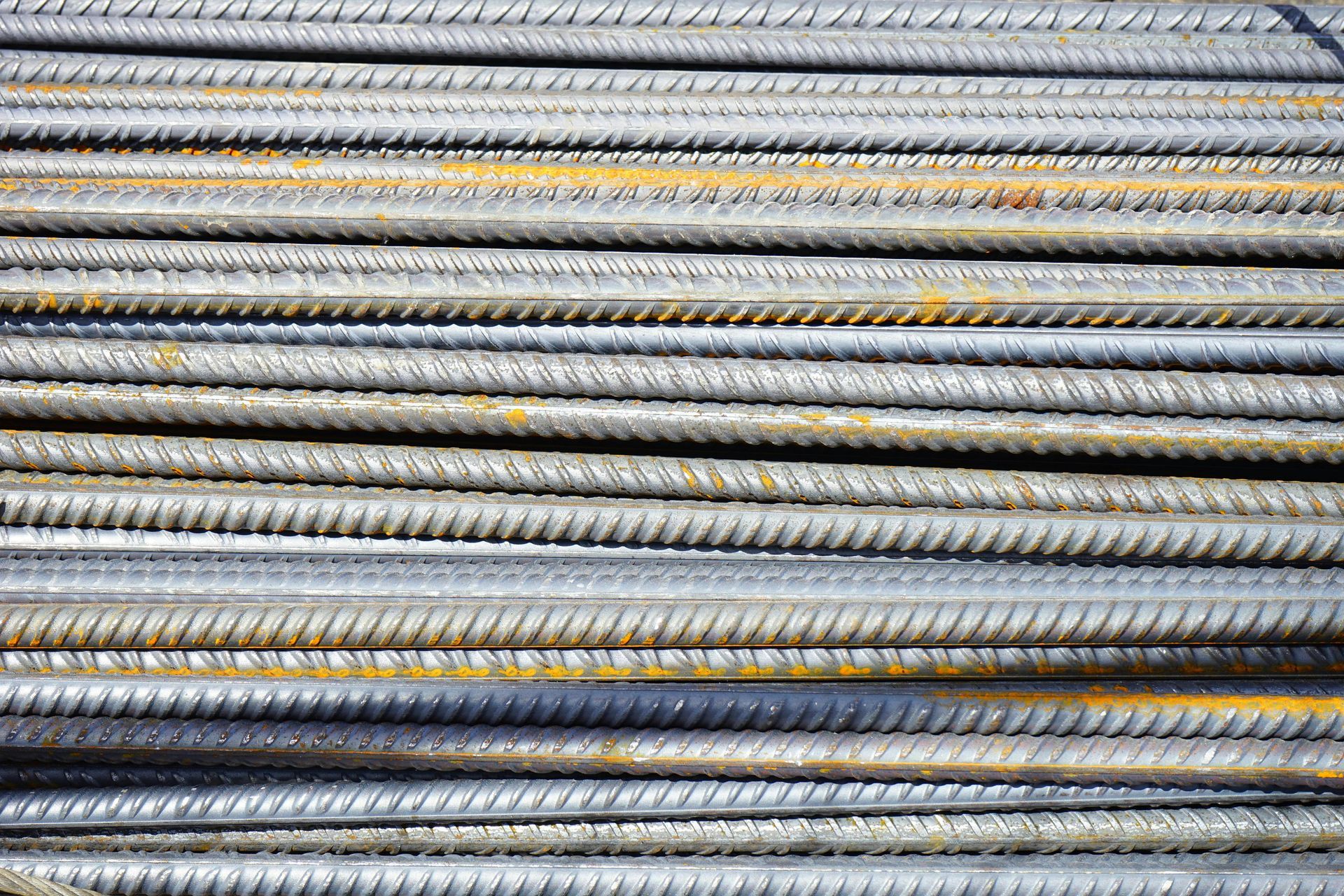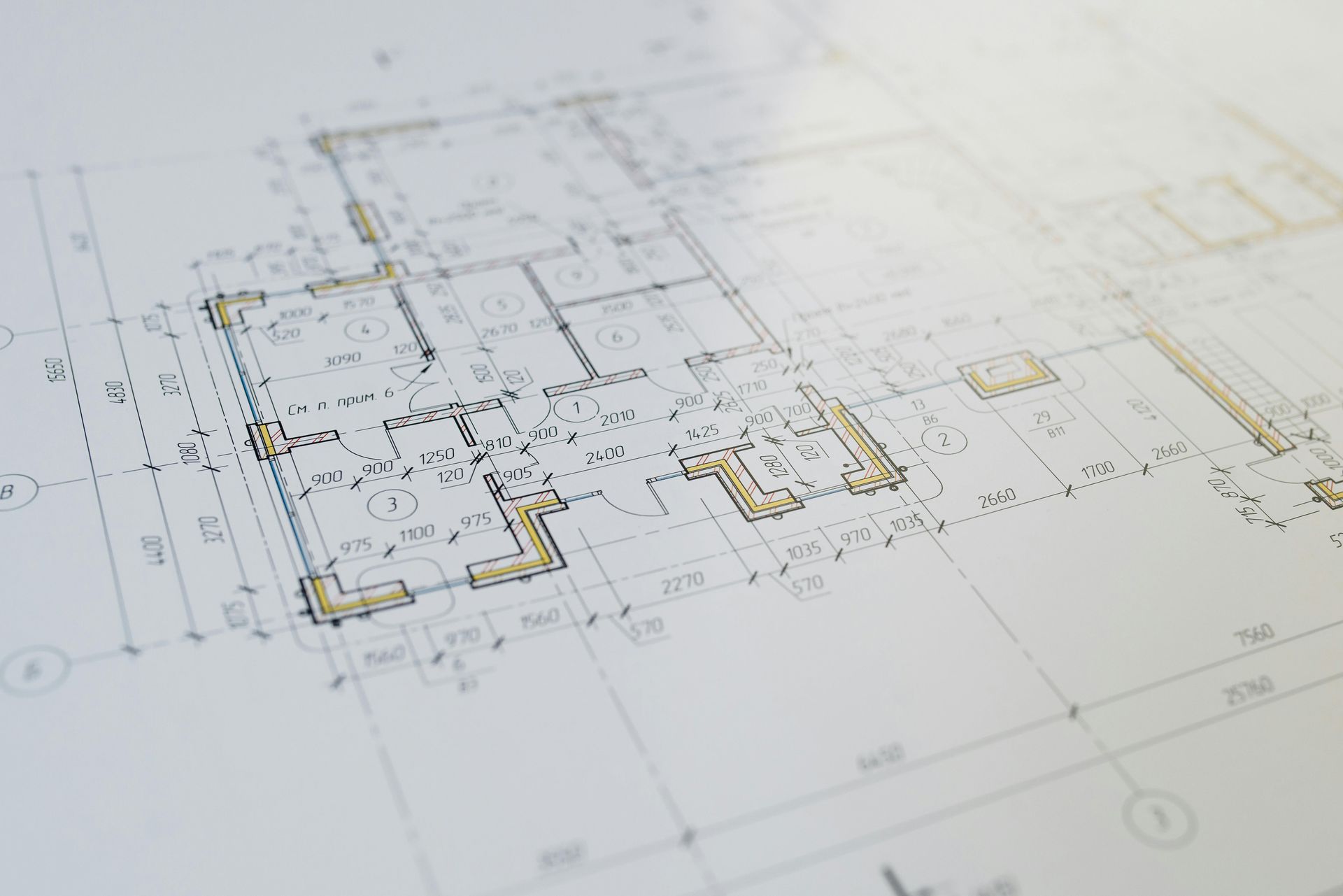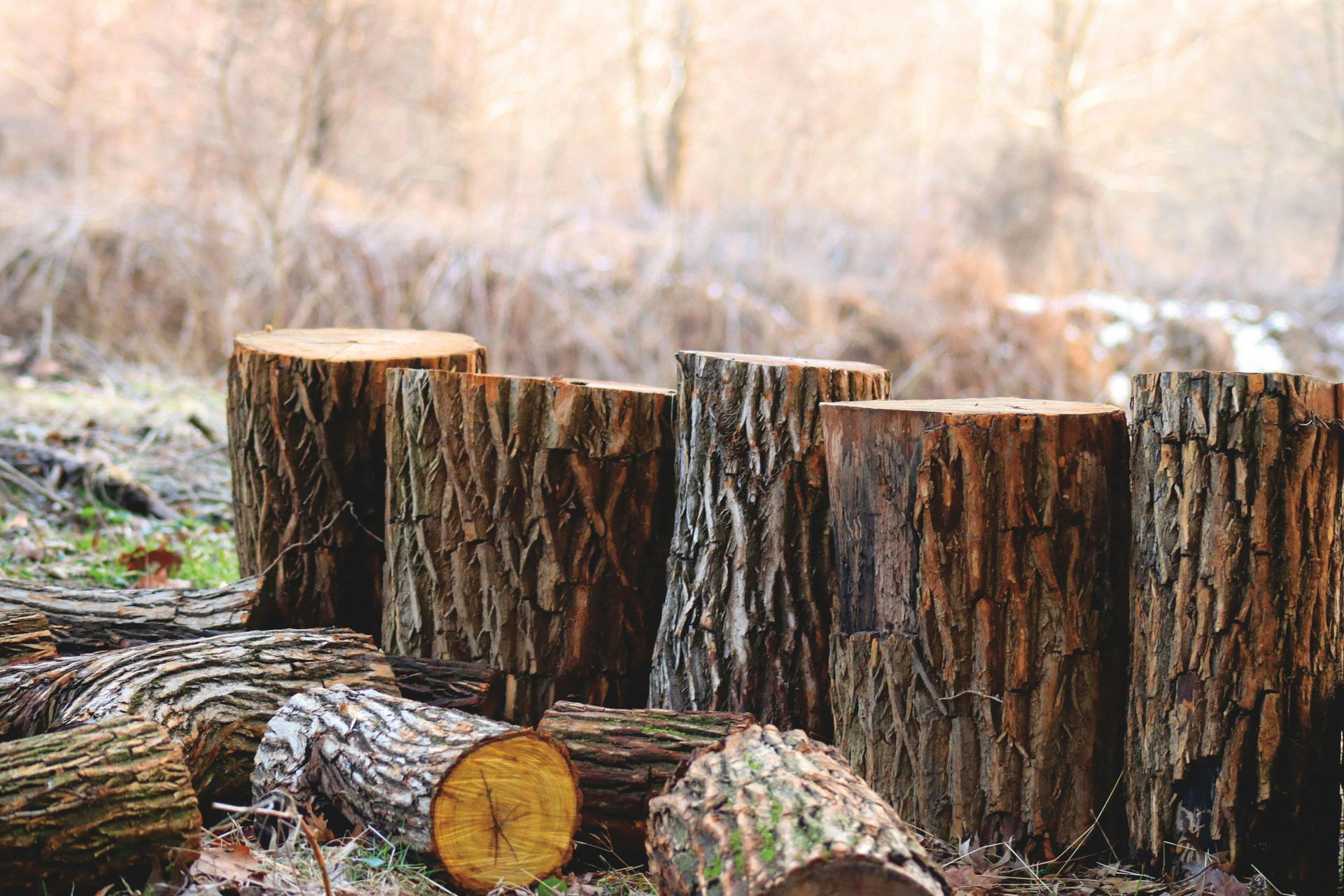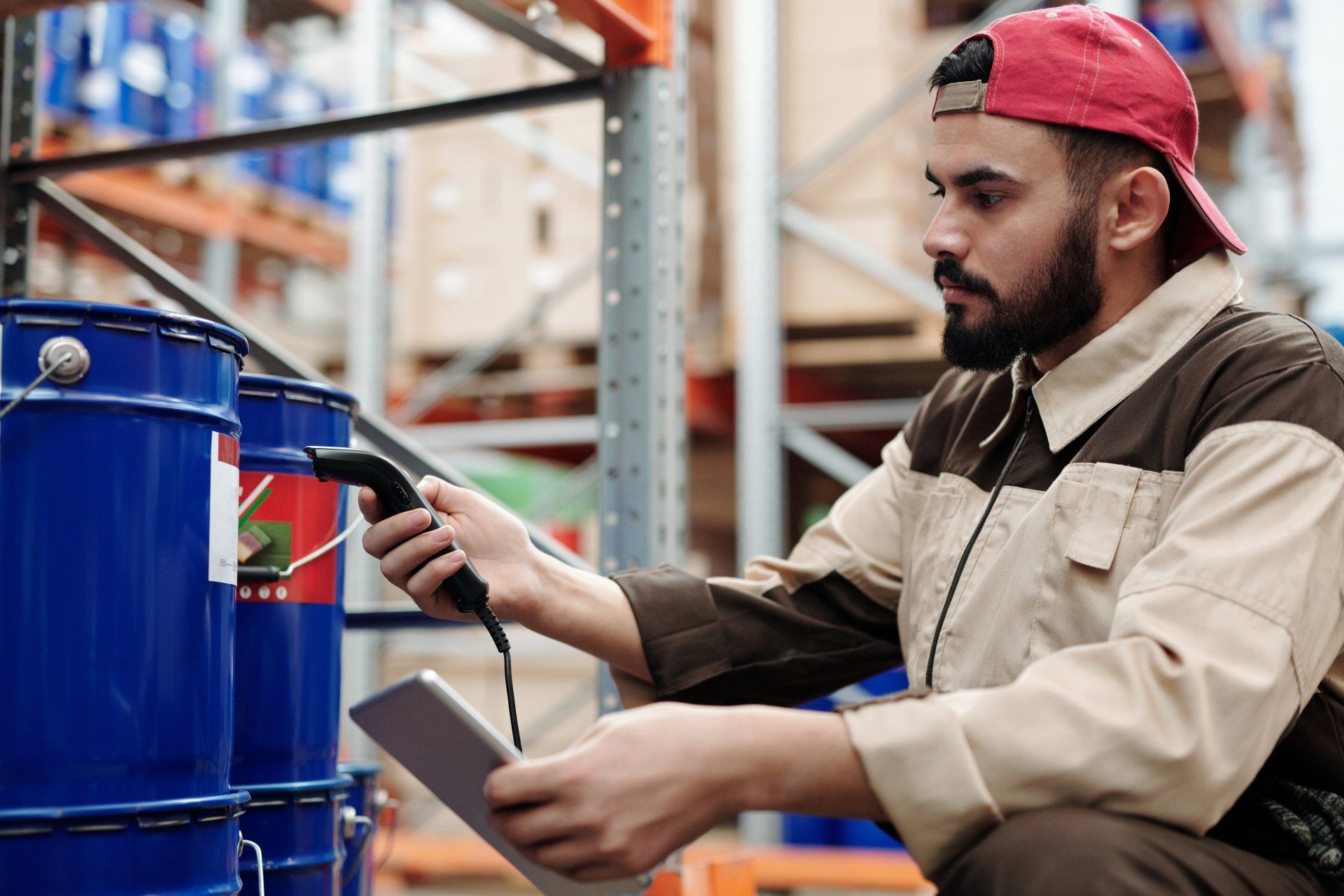Building Community in MDUs: Strategies to Foster Connection Among Tenants
In a world where busy schedules and digital connections can sometimes overshadow face-to-face interactions, creating a sense of community in Multiple Dwelling Units (MDUs) is more important than ever. Building community in MDUs not only enhances tenant satisfaction but also boosts retention rates by fostering a sense of belonging. When residents feel connected to their neighbors, they’re more likely to renew their leases and view the property as more than just a place to live. Here are effective strategies to foster a strong sense of community in MDUs, making your property a welcoming and vibrant place to call home.
Design Welcoming and Functional Common Areas
Common areas play a vital role in encouraging social interactions among tenants. When these spaces are designed with comfort, flexibility, and functionality in mind, they naturally draw people together and create opportunities for connection.
- Comfortable Lounges and Seating Areas: A well-designed lounge area with comfortable seating, tables, and inviting decor encourages residents to relax, socialize, and spend time outside their apartments. Cozy nooks, coffee tables, and a mix of seating options make these spaces feel more approachable.
- Multipurpose Rooms: Rooms that can be used for various activities, such as movie nights, board game gatherings, or small group workouts, offer tenants a place to meet and connect over shared interests. Multipurpose rooms add value to the MDU by providing flexible spaces for tenant-organized events.
- Outdoor Patios and Rooftop Decks: Outdoor spaces, like patios, rooftop decks, or community gardens, encourage residents to gather and interact. Providing seating, greenery, and even small barbecue areas or fire pits can make outdoor spaces more appealing and functional.
Creating common areas that are both welcoming and practical gives residents a reason to spend time outside their units and engage with others in the community, building a sense of camaraderie.
Organize Regular Community Events
Events are an excellent way to bring tenants together and create memorable experiences that strengthen the community. From casual gatherings to seasonal celebrations, regular events foster connections and help tenants feel more at home.
- Monthly Meet-and-Greets: Hosting monthly social events, like coffee mornings or wine and cheese evenings, gives residents a chance to meet each other in a relaxed setting. These gatherings can be informal but should provide a welcoming atmosphere for both new and long-term tenants.
- Seasonal and Holiday Parties: Holiday parties or seasonal celebrations, like summer barbecues or winter holiday gatherings, encourage residents to connect and share in the festivities. Seasonal decor and activities add a special touch, making these events more enjoyable and memorable.
- Workshops and Classes: Offering workshops or classes, such as yoga, cooking, or art sessions, allows tenants to bond over shared interests. Bringing in local instructors or professionals to host these events can make them feel more special and tailored to residents’ needs.
- Volunteer Days: Organizing volunteer events, such as neighborhood clean-ups or charity drives, is a great way for tenants to come together while giving back to the community. Volunteer events create a sense of shared purpose and can help build lasting friendships among participants.
Regular community events make socializing easy and enjoyable, creating a calendar that residents can look forward to and participate in throughout the year.
Create a Dedicated Communication Platform
Communication is key to fostering community, and a dedicated platform makes it easier for residents to stay informed, share updates, and connect with each other. This platform can take various forms, such as an app, social media group, or even a traditional bulletin board.
- Community Apps: Apps designed for residential communities, such as BuildingLink or MyCoop, allow tenants to access building information, report maintenance issues, and communicate with neighbors. These apps create a digital hub where residents can engage with each other and stay updated on community events.
- Private Social Media Groups: Setting up a private Facebook group or Slack channel for residents provides a space for them to share news, recommendations, or event invitations. Social media groups are particularly popular as they allow for easy access and interaction on platforms tenants already use.
- Physical Bulletin Boards: For those who prefer a low-tech approach, a physical bulletin board in a common area like the lobby or mailroom can be an effective way to share updates, upcoming events, and community announcements.
Having a dedicated communication platform helps residents stay connected and informed, fostering a sense of unity and making it easier to organize community activities.
Establish Community Guidelines and Encourage Respect
Creating a harmonious community requires setting guidelines that promote mutual respect and consideration among residents. By establishing clear community standards, property managers can help tenants feel more comfortable and secure in their living environment.
- Clear Noise and Cleanliness Policies: Setting guidelines around noise levels, cleanliness, and shared space usage helps prevent misunderstandings and conflicts. Posting these guidelines in common areas or including them in welcome materials ensures that all residents are aware of the expectations.
- Encourage Friendly Interactions: While privacy is important, encouraging friendly greetings and casual interactions can go a long way in building rapport among tenants. Managers can set the tone by greeting residents warmly and promoting a culture of friendliness within the community.
- Conflict Resolution Process: Providing a clear process for addressing concerns or conflicts helps tenants feel supported. Knowing that issues will be handled fairly and respectfully gives residents peace of mind, reinforcing their trust in the community.
Establishing and communicating community guidelines creates a positive living environment where tenants feel respected and valued, setting the foundation for a cohesive community.
Offer Convenient Shared Amenities
Shared amenities are highly valued in MDUs, and they also serve as natural gathering points where tenants can meet and interact. Offering amenities that align with residents’ needs and interests encourages them to spend time in common areas, fostering spontaneous connections.
- Fitness Centers and Wellness Spaces: Fitness centers, yoga rooms, and wellness spaces allow residents to prioritize their health and wellness while connecting with neighbors who have similar interests. Group workout sessions or wellness classes can also encourage bonding.
- Coworking Spaces: With remote work on the rise, coworking spaces in MDUs are becoming popular. Providing a comfortable, quiet area with Wi-Fi, seating, and power outlets creates an attractive workspace that brings tenants together during their workday.
- Pet-Friendly Amenities: Pet owners are often eager to meet and socialize, making pet-friendly amenities a great addition to MDUs. Dog parks, pet washing stations, or pet-friendly events create opportunities for pet owners to connect and build friendships.
- Community Kitchens or Dining Areas: A shared kitchen or dining area offers tenants a space to cook, eat, and host gatherings. This amenity encourages social interactions and allows residents to bond over shared meals or cooking activities.
Convenient, well-designed amenities enhance the quality of life for tenants and create a natural setting for socialization, making MDUs more appealing and fostering a sense of community.
Promote a Culture of Sustainability and Responsibility
Sustainability is an increasingly important value for many people, and MDUs that promote eco-friendly practices often attract tenants who share these values. Creating a culture of sustainability not only benefits the environment but also encourages residents to engage with each other in meaningful ways.
- Recycling and Composting Programs: Providing easy access to recycling bins, composting stations, and clear instructions helps tenants adopt sustainable waste disposal practices. Community composting or recycling challenges can also foster a sense of shared responsibility.
- Energy and Water Conservation Tips: Offering tips on conserving energy and water, such as setting thermostats mindfully or running full loads of laundry, encourages tenants to work together to reduce resource consumption. Regularly sharing conservation tips through newsletters or an app reinforces these practices.
- Community Garden Spaces: A community garden allows tenants to participate in growing plants or vegetables, providing both a relaxing activity and a shared interest. Residents can work together to care for the garden, creating a space for conversation and collaboration.
- Green Living Events: Hosting workshops or events focused on sustainability, such as eco-friendly product demonstrations or gardening classes, offers tenants a chance to learn and interact. These events attract tenants with shared interests and promote a sense of shared purpose.
Promoting sustainable practices within an MDU helps create a connected and environmentally conscious community, appealing to tenants who prioritize responsible living.
Building a Stronger Community in MDUs
Creating a sense of community in MDUs goes beyond providing a roof over tenants’ heads—it’s about fostering connections and creating an environment where people feel at home. By designing welcoming spaces, organizing regular events, establishing effective communication, and offering shared amenities, developers and property managers can help residents build meaningful relationships and feel more invested in their living environment.
A connected, vibrant community enhances tenant satisfaction, making residents more likely to renew their leases and recommend the property to others. For MDUs looking to attract and retain tenants, investing in community-building efforts is a powerful way to transform a building into a thriving, supportive neighborhood.

